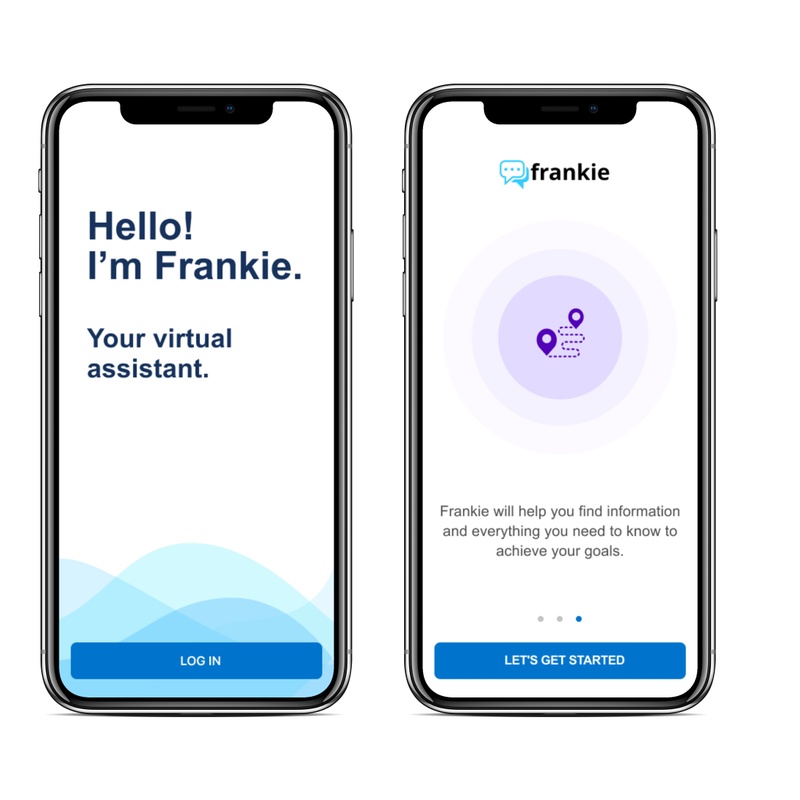What We Learned At VOICE Summit 2019
Adriana Campoy and Peter Distol
August 5, 2019

In July 2019, sophilabs Project Manager Peter Distol attended VOICE Summit, known as "the world's largest voice tech conference." Given that sophilabs has experience building custom voice assistants, this event presented a fantastic opportunity for us to learn more about emerging technologies and trends in the field of voice.
Organized by Modev and sponsored by Amazon Alexa, Microsoft, and Voices.com, the four-day event in Newark, New Jersey featured a range of fantastic speakers, including David Isbitski, Chief Evangelist for Alexa and Echo; Adam Cheyer, Co-Founder of Siri, Inc. and VP of Engineering at Viv Labs; and Noelle LaCharite, Principal Product Manager of Cortana at Microsoft.
The conference was certainly timely, as voice technology continues to become more prevalent in our daily lives. Currently, 26.2% of all U.S. adults own a smart speaker (about 66.4 million, having recently risen from 47.3 million). Of the people who own a voice-activated speaker, 72% say they use them as part of their daily routine. In 2016, Google reported that 20% of searches made from a mobile device used voice, and that number is expected to rise to 50% by 2020. Opportunities in voice technology are growing, and early adopters have the most to gain.
What's New in Voice Tech?
The latest innovations in voice tech promise exciting advances in recognizing non-speech utterances and understanding emotions. Improved language models can provide more natural conversations, making it very simple for users to access what they need from voice assistants.
VOICE Summit also covered a range of trends and use cases for voice technology. There are countless opportunities for increasing productivity, providing insights and analytics, and creating a better, more accessible user experience in a range of different fields. HR, finance, and legal could especially benefit from this technology, as employees in these sectors tend to spend a lot of time looking up information. Voice assistants can make it quick and easy for them to find what they need so that they can focus on more valuable work.
There are especially fascinating use cases for voice interfaces in medicine and patient care. For example, voice tech can be used to transcribe doctor's notes during patient visits, saving doctors valuable time and making it simple to keep detailed records of patient progress. Voice assistants can enable patients with chronic conditions to report symptoms between doctor visits, presenting a valuable opportunity to improve home care and assisted living. Conversational interfaces can also provide instructions and answer questions for patients who have been discharged after surgery. Voice technology can even be used to detect the risk of a heart attack through the patient's voice signal and intensity. Though HIPAA compliance presents some key challenges to using voice technology in the medical field, innovators are finding effective ways to apply this revolutionary technology while respecting regulations and patient privacy.
A key insight we gained during the conference is the expanding market of voice assistants for users over age 50. The intuitive nature of well-designed voice interfaces allows for an easy learning curve for users who are not completely comfortable with technology. However, voice interfaces for users over 50 should consider their particular needs and preferences. For example, voice assistants should speak slower, especially if the user has requested for the information to be repeated, and offer explicit confirmation when fulfilling a request. Users in the 50+ group typically appreciate polite conventions like "please" and "thank you." Re-prompts requesting users to repeat themselves tend to frustrate older users. Older users also prefer visual and audio cues to help them know when to speak to the assistant.
Voice and Inclusive Design
Accessibility was a recurring topic at this year's VOICE Summit. Speakers stressed that accessibility is simply one consideration under the broader concept of inclusive design, and that truly inclusive design creates a better user experience for everyone – abled, impaired, and disabled alike. As purely voice-only is not inclusive of all users, interfaces should be multimodal, offering various different ways for users to interact through audio, visuals, touch, keyboards, captions, and of course, voice. Inclusive voice interfaces must be capable of handling different genders, accents, and speech patterns such as stutters or slurred speech.
VOICE Summit was all in all a fantastic event that helped us learn about trends, opportunities, and best practices in voice tech. We are excited to apply our expertise in this emerging field and help more clients take advantage of what custom voice assistants can offer.

Voice Assistants 101: A Look at How Conversational AI Works
In this article, we walk through the typical steps a voice assistant takes to fulfill a spoken command and some of the software components that make it possible.

How Spending a Day in the Life of a User Helped Us Build a Product that Users Love
Sebastián Sassi tagged along with one of our client's sales representatives to see what their typical workday is like so we could anticipate their daily challenges and offer streamlined solutions.

An AI and Machine Learning Glossary
AI presents opportunities for many industries, and sophilabs is excited to be a part of this growing field. We've put together this short glossary to define some of the most commonly used terms in the field.
Photo by sophilabs.
Categorized under research & learning / community.We are Sophilabs
A software design and development agency that helps companies build and grow products by delivering high-quality software through agile practices and perfectionist teams.